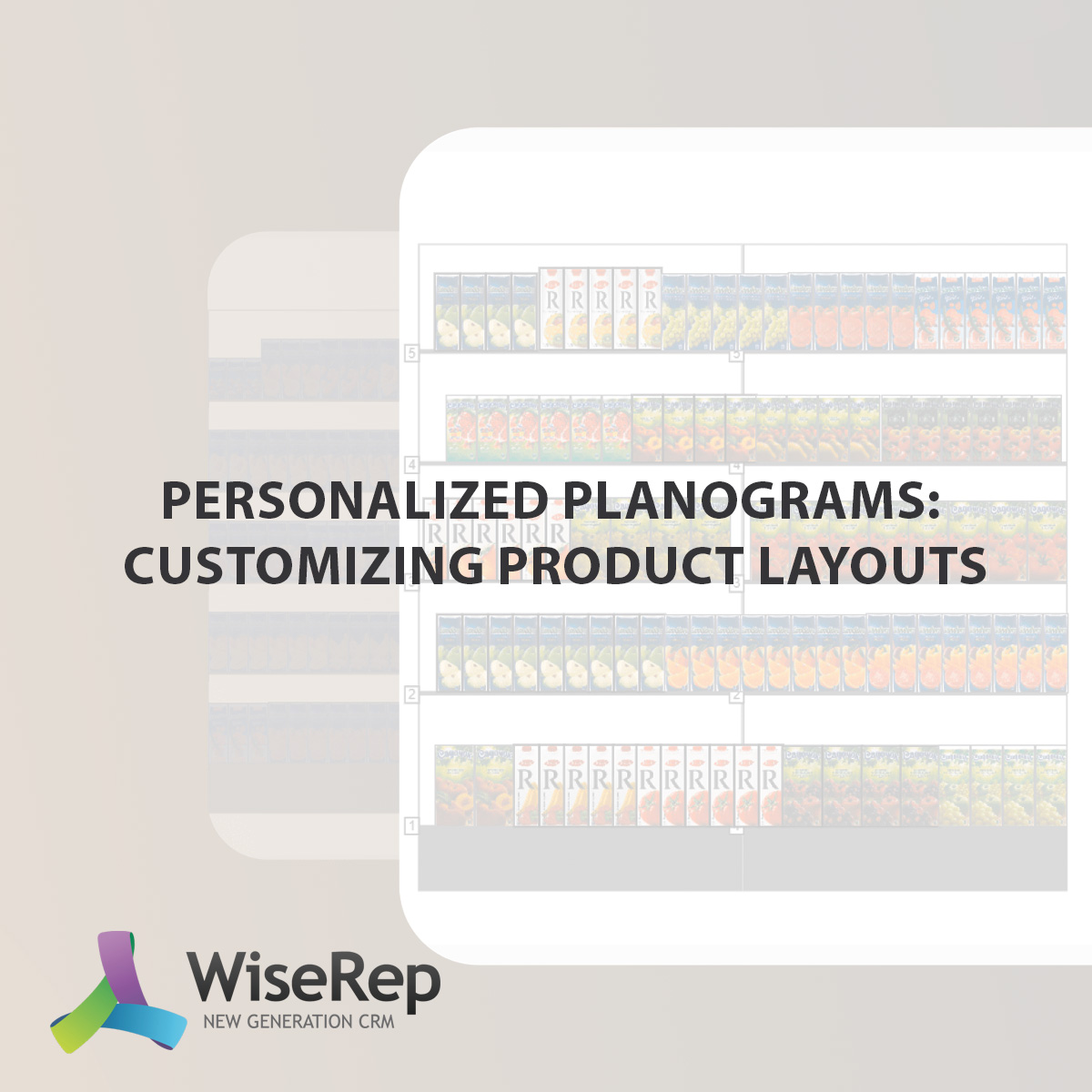Personalized planograms are a merchandising tool that allows retailers to adapt product layouts to the specific conditions and needs of a store. They are created considering the characteristics of the target audience, store location, and the specifics of the products sold.
Importance of Personalized Planograms
- Relevance: Planograms should reflect the needs and preferences of the target audience, enhancing sales effectiveness.
- Space Optimization: Personalized planograms allow for maximum utilization of trading space, considering its size and features.
- Product Placement: Product displays should be logical and aesthetically pleasing, taking into account sales data and category importance.
- Visual Design: Proper distribution of visual accents on the shelf helps attract customers' attention and highlight key products.
- Flexibility: Planograms should be flexible and adapt to changes in the assortment and market needs.
Examples of Applying Personalized Planograms
- Pharmacies: Planograms can be adapted to the specifics of selling medicinal products and medical supplies.
- Grocery Stores: Planograms can account for seasonality and holiday periods, highlighting relevant products.
- Electronics Stores: Planograms can be set up to showcase the latest innovations and accessories for them.
Personalized planograms are a powerful tool for increasing sales and improving customer interaction. They allow retailers to adapt flexibly to market changes and provide customers with a convenient and pleasant shopping environment. Implementing personalized planograms helps create a unique trading space that meets the expectations and needs of the target audience.
